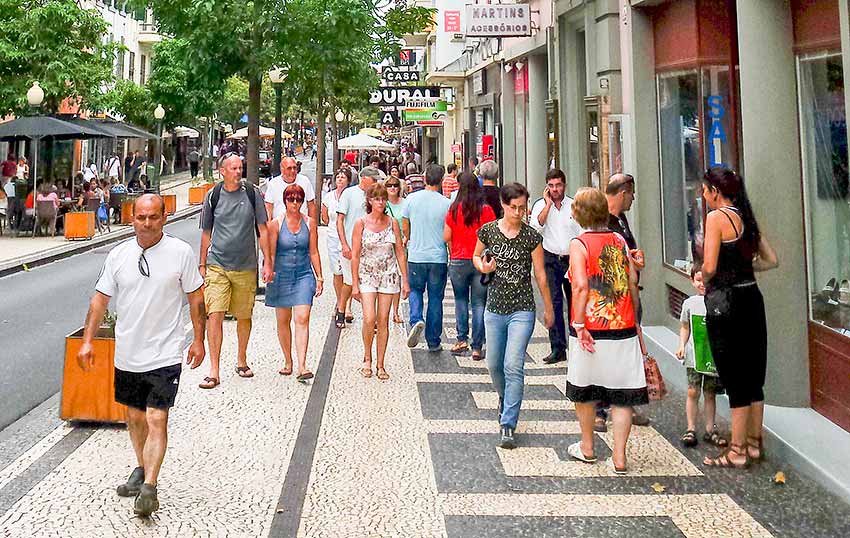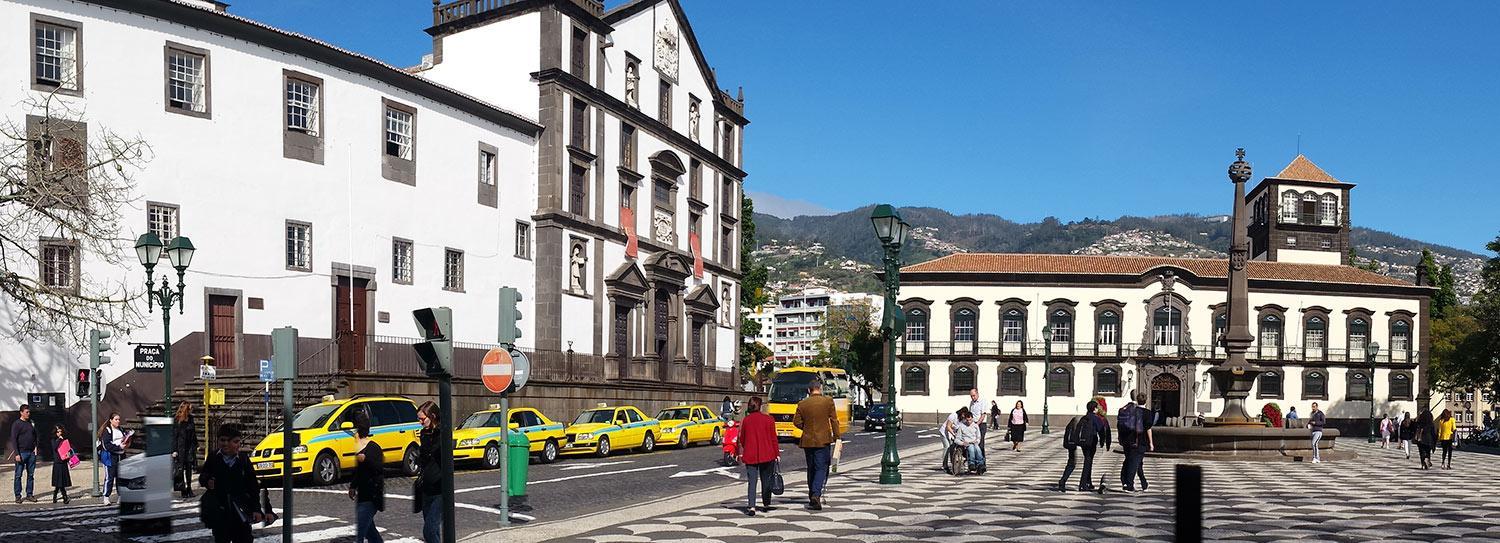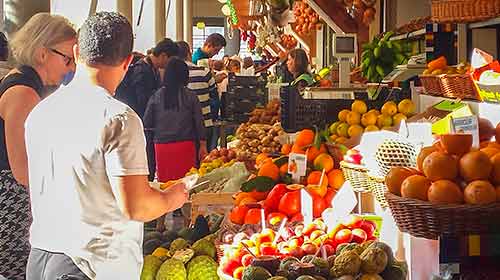It is only in recent years that one can talk of the ‘Madeirenses’ as a collective society, since the topography of the island had previously been more conducive to the separate development of the various communities on the island. Although their origins were undoubtedly Portuguese, the customs, dialects and development of each region were very different. Today, politics, roads and popular culture have united the various parts of the island into a more homogeneous whole and the remaining differences are those between Funchal and the so-called campo (countryside).
Of the ties that bind the island together, perhaps the most important is the influence of the Catholic Church. Madeirans are a God-fearing people. But the fear of God can be relaxed on occasion as organised religion provides plentiful opportunities for a good festa (party). In the month of June alone there are three parties to celebrate the popular saints: São João, São Pedro and Santo Antonio.

The initial settlers of Madeira were farmers, the island originally settled by people from the Algarve region of Portugal. Still today, the largest single economic activity outside of Funchal is the farming of smallholdings, most of which are less than 1000 square metres. Many of the popular festas that are celebrated around the island are linked to certain produce such as the cherry, chestnut, sugar cane and the grape vine.

When the crops failed and the land was subdivided beyond subsistence level, the last recourse of the Madeirense was emigration. The island is located on the great sea routes between Europe, Africa and Latin America and it was natural that some should seek their fortune or escape their misfortune – in the lands beyond the horizon. Some 750,000 people, mostly resident in South Africa, Venezuela and more increasingly in the countries of the EU, call themselves Madeiran.


 English
English  Português
Português  Deutsch
Deutsch  Español
Español 





